If you’re looking for a stunning and unique addition to your bouquets and floral arrangements, the Moses-in-the-Cradle plant is an excellent choice.
It’s also a low-maintenance plant that’s perfect for indoor and outdoor use.
But did you know that this plant is more than just a pretty face? It has a rich history and cultural significance that make it a fascinating plant to explore.
In this article, we’ll delve deep into the world of the Moses-in-the-Cradle plant, including its origins, different types, symbolism, and more.
By the end, you’ll have a newfound appreciation for the Moses-in-the-Cradle plant and the knowledge to make it a standout feature in your floral arrangements.
Why is it called Moses-in-the-Cradle?
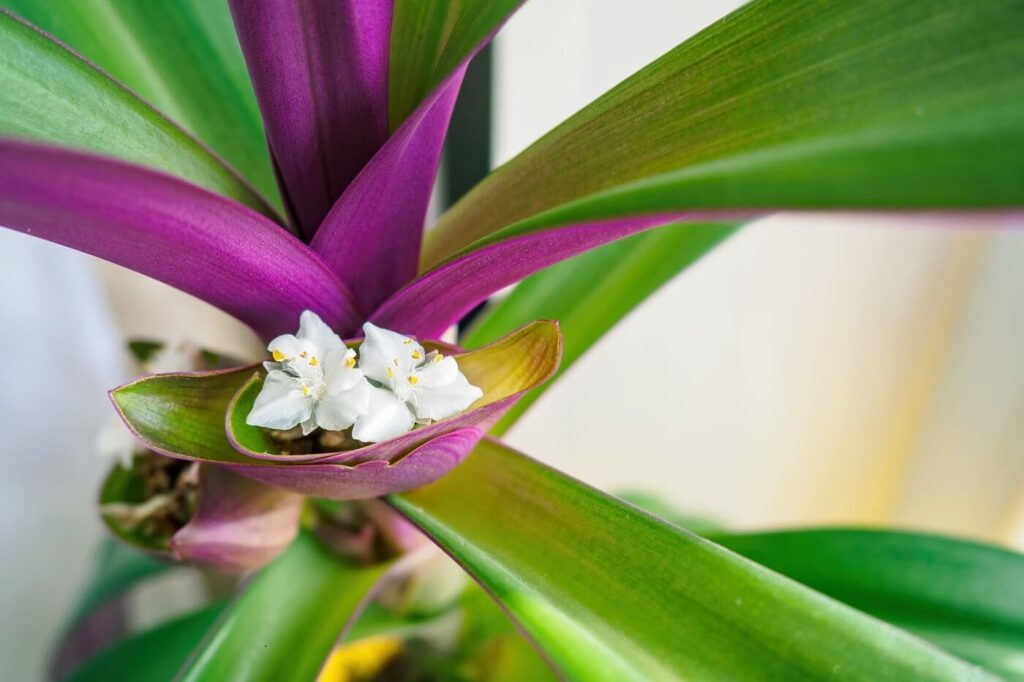

The Moses-in-the-Cradle plant’s scientific name, Rhoeo discolor, comes from the Greek word “rhoia,” which means “flow,” and the Latin word “discolor,” which means “change of color.” However, the name “Moses-in-the-Cradle” has a more interesting backstory.
The Moses-in-the-Cradle takes its name from the story of how Moses was placed in a basket by his mother and left to float in the Nile.
Its boat-shaped leaves are reminiscent of the basket, while the small white flowers in the leaves can symbolize Moses.
What is another name for Moses-in-the-Cradle?
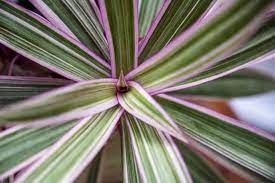

Moses-in-the-Cradle is commonly referred to as “oyster plant” due to its shape resembling that of an oyster shell. Its leaves are a grayish-green color on top and a purplish shade on the underside, adding to the resemblance.
Although “oyster plant” is its most commonly used alternative name, it’s also sometimes referred to as “Moses-in-the-Boat,” due to its boat-shaped bracts that hold its small flowers, or “Boat Lily” for the same reason.
What is the botanical source of the Moses-in-the-Cradle plant?
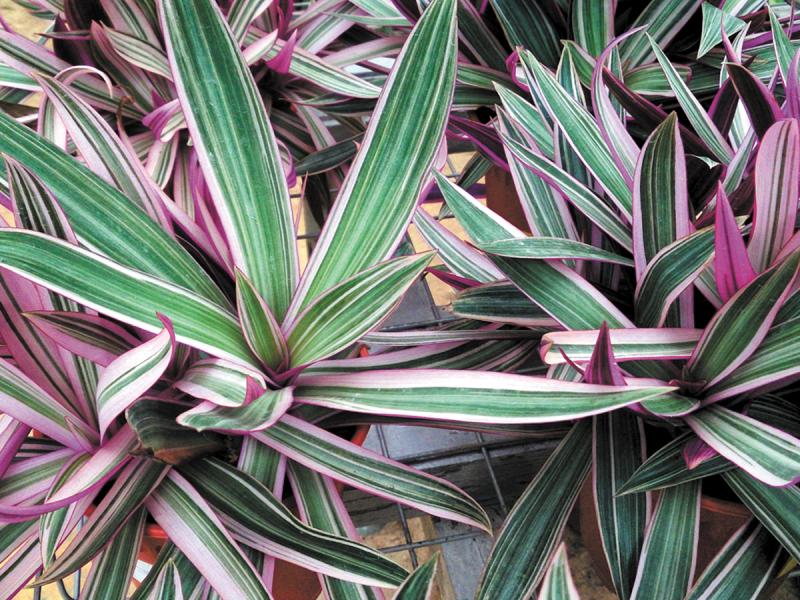

The Moses-in-the-Cradle plant, also known by another scientific name Rhoeo spathacea, belongs to the Commelinaceae family. This family of flowering plants is commonly referred to as the Dayflower family and contains over 700 species.
Native to southern Mexico and Guatemala, the Moses-in-the-Cradle plant is a tropical perennial that’s known for its striking foliage. The plant’s leaves are sword-shaped and are typically green on top with a purple underside.
What are the types of Moses-in-the-Cradle?
There are several types of Moses-in-the-Cradle including the green and white striped variety, the solid green variety, and the compact dwarf variety.
Is Moses-in-the-Cradle an indoor or outdoor plant?
Moses-in-the-Cradle can be grown indoors and outdoors, making it a versatile choice for any environment.
Can Moses-in-the-Cradle be planted outside?
Yes, Moses-in-the-Cradle can be planted outdoors in warmer climates.
Is Moses-in-the-Cradle a succulent?
Although it looks like a succulent, Moses-in-the-Cradle is not classified as such. It is a tropical plant that prefers moist soil and high humidity.
What is Moses-in-the-Cradle used for?
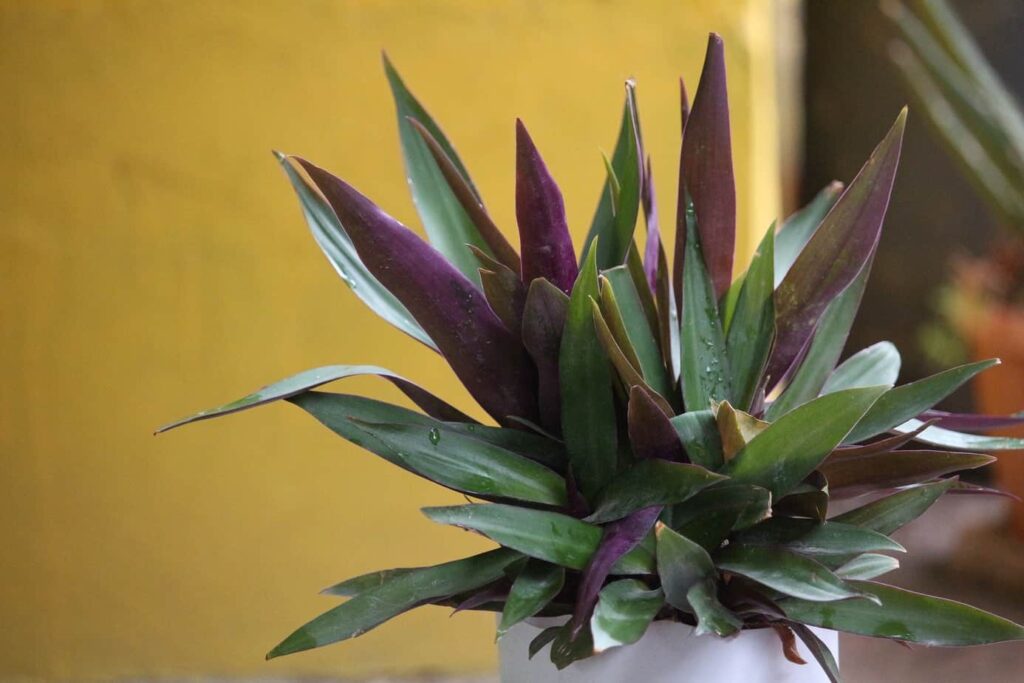

Moses-in-the-Cradle is primarily used for decorative purposes due to its unique foliage and appearance. The plant’s striking green and purple leaves make it a popular choice for adding color and texture to indoor and outdoor spaces.
It can also be used in floral arrangements for its unique boat-shaped leaves and small white flowers.
In addition to its ornamental value, Moses-in-the-Cradle has also been used for its medicinal properties.
Some studies have found that extracts from the plant have anti-inflammatory, antioxidant, and antimicrobial properties. In traditional medicine, the plant has been used to treat skin conditions, sore throat, and cough.
What are the side effects of Moses-in-the-Cradle?
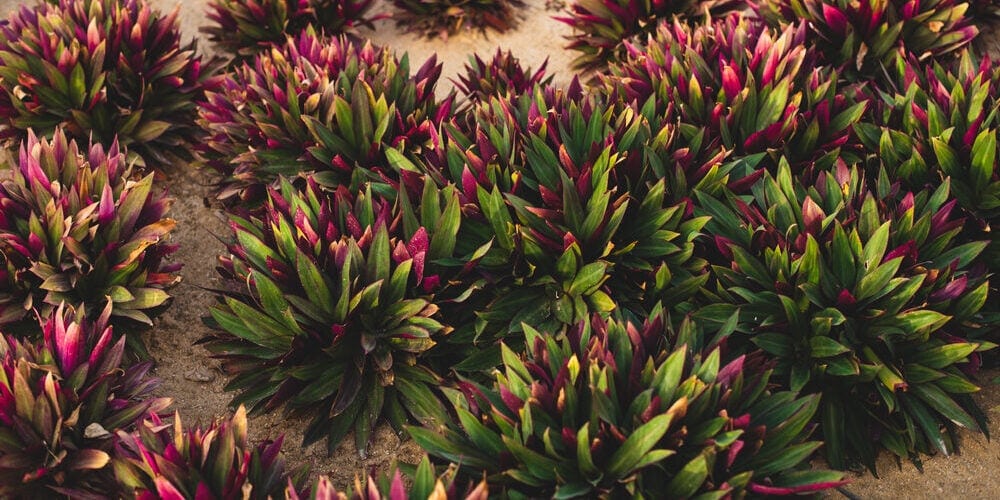

Moses-in-the-Cradle plants are reported to cause individuals to experience skin irritation or an allergic reaction when in contact with the plant’s sap or leaves.
It’s also important to note that the plant is toxic if ingested, particularly to cats and dogs, and may cause vomiting, diarrhea, and other gastrointestinal issues. It’s, therefore, important to keep the plant out of reach of children and pets.
If any adverse symptoms occur after contact with the plant, it’s advisable to seek medical attention immediately.
Does Moses-in-the-Cradle purify air?
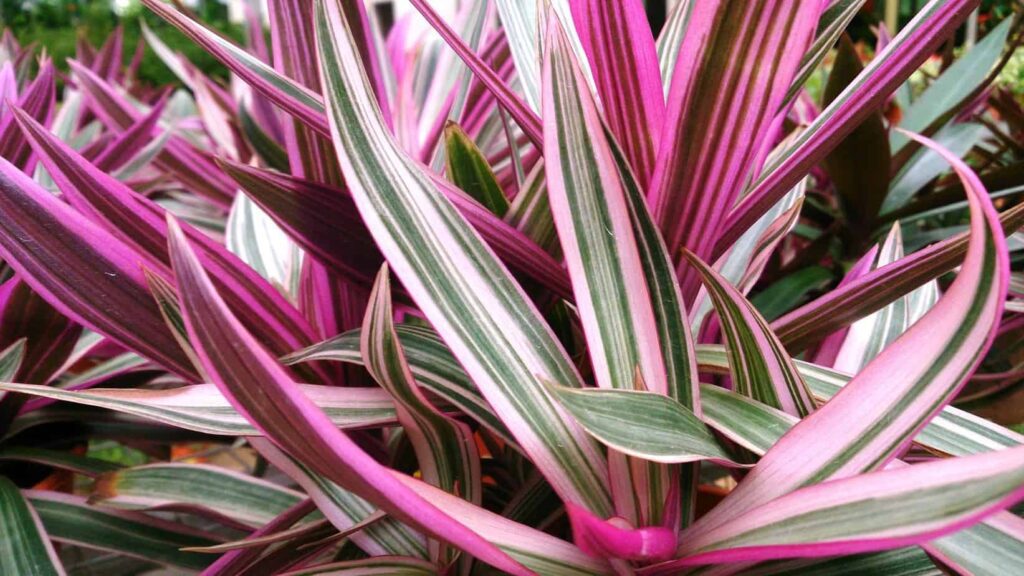

Yes, the Moses-in-the-Cradle plant has been shown to have air-purifying properties. Like many other plants, it’s capable of absorbing harmful pollutants from the air, thereby helping to create a cleaner and healthier indoor environment.
Specifically, the Moses-in-the-Cradle plant is known to be effective at removing volatile organic compounds (VOCs) from the air that can be emitted by various sources such as paints, cleaning products, and furnishings.
Studies have shown that the Moses-in-the-Cradle plant can absorb VOCs such as benzene, formaldehyde, and trichloroethylene, all of which are commonly found in indoor environments.
However, it should be noted that the effectiveness of the plant as an air purifier depends on various factors such as the size of the room, the number of plants present, and the level of pollutants in the air.
What do Moses-in-the-Cradle plants mean and symbolize?
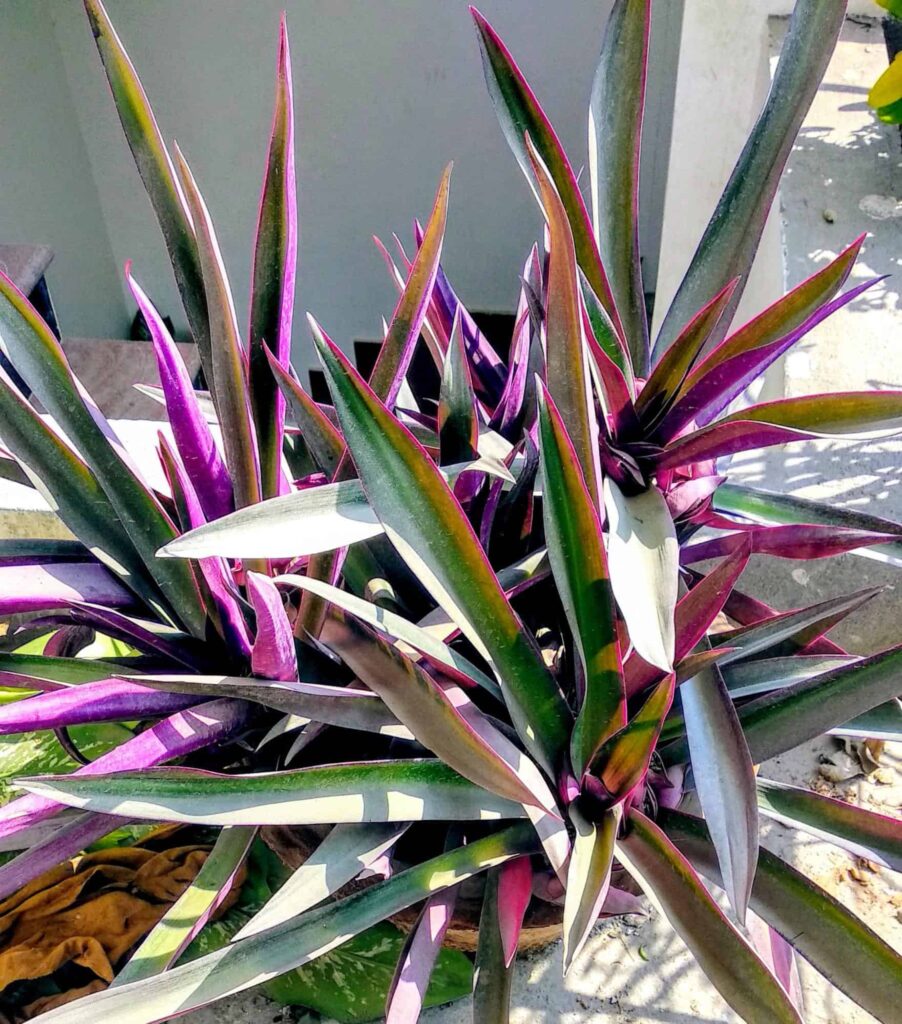

Moses-in-the-Cradle plants have several meanings and symbolisms associated with them.
In many cultures, they are believed to represent protection, purification, and rebirth. They are also considered a sign of hope, inspiration, and new beginnings.
Moses-in-the-Cradle plants are also thought to have purifying properties, both physically and spiritually. Some people believe that these plants can ward off negative energy and protect their homes and families.
What are the common occasions for gifting Moses-in-the-Cradle?


Moses-in-the-Cradle plants are a great choice for a variety of gift-giving occasions.
What are some ideas for incorporating Moses-in-the-Cradle plants in floral arrangements?
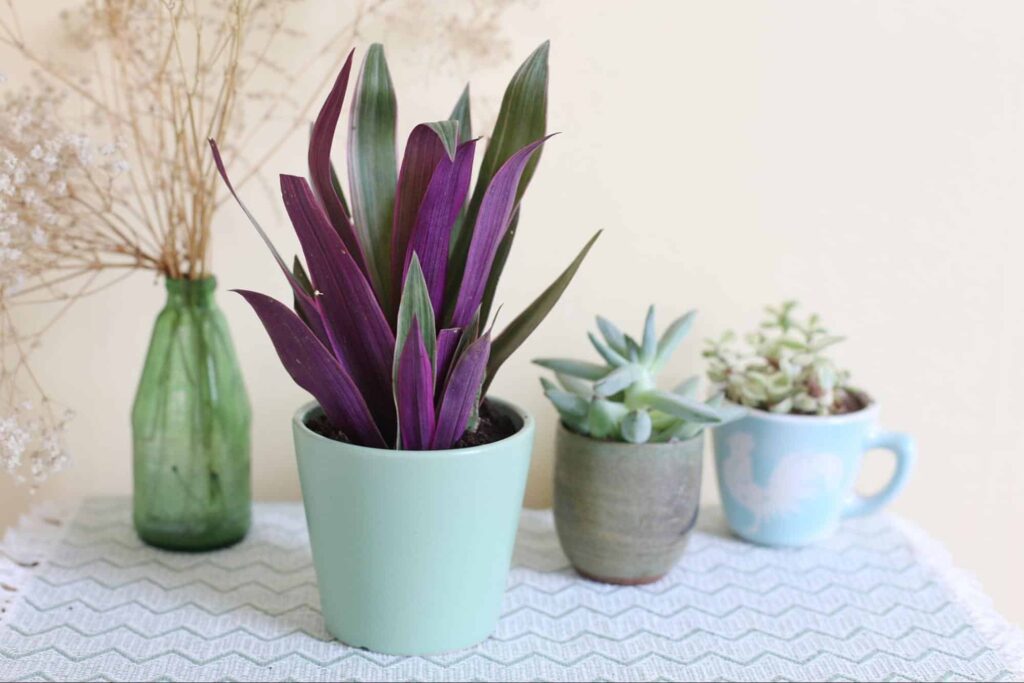

Moses-in-the-Cradle plants are great for adding texture and unique shapes to floral arrangements. Here are some ideas for incorporating them into your bouquets:
- As a focal point: The distinct shape of their leaves can be used as a focal point in an arrangement. Simply place a few stems of the plant in the center of your bouquet for a striking visual element.
- Mixed with other flowers: These plants also work well when mixed with other flowers in an arrangement. Try pairing them with flowers that have similar color tones or contrasting hues to create an interesting composition.
- In a terrarium: Moses-in-the-Cradle plants can be placed in a terrarium with other succulents or small plants to create a miniature garden. This is a great option for those who want to showcase the plant’s unique shape and texture.
- In a hanging arrangement: These plants can also be used in hanging arrangements such as a wall planter or a hanging basket. They will trail down the sides of the container, adding a cascading effect to your arrangement.
- As a centerpiece: Moses-in-the-Cradle plants can also be used as a centerpiece for a table setting.
Simply place a few stems in a vase or jar and surround it with candles or other decorative elements for a visually appealing arrangement.
What are some tips for creating stunning bouquets and centerpieces with Moses-in-the-Cradle plants?
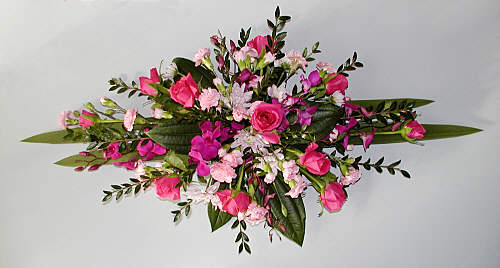

Moses-in-the-Cradle plants are a great addition to bouquets and centerpieces, adding a pop of color and unique texture.
Here are some tips for creating stunning arrangements with these plants:
- Combine with complementary colors: The striking foliage of Moses-in-the-Cradle can be complemented with other flowers in shades of pink, purple, and white.
Try pairing it with roses, lavender, or lilies for a beautiful contrast.
- Mix up textures: Their smooth, shiny leaves can add a sleek, modern touch to an arrangement. To create an interesting texture contrast, pair it with flowers or foliage that have a more matte, rough texture, such as succulents or eucalyptus.
- Play with height: Moses-in-the-Cradle can add height and depth to an arrangement. Use taller stems in the center of a bouquet or centerpiece and decrease the height towards the edges to create a visually appealing slope.
- Keep it simple: A simple arrangement with just a few Moses-in-the-Cradle stems can be just as beautiful as a more complex one. Consider adding a few stems or mixing them with other simple foliage for a minimalist look.
What are some other plants that pair well with Moses-in-the-Cradle in arrangements?


When creating arrangements with Moses-in-the-Cradle, it’s important to choose complementary plants that will enhance its beauty and add visual interest. Here are some other plants that pair well with Moses-in-the-Cradle in arrangements:
- Ferns: Ferns are a great choice for pairing with Moses-in-the-Cradle because they have a delicate and airy appearance that complements the more robust and structured look of Moses-in-the-Cradle.
- Succulents: Succulents add texture and visual interest to an arrangement. Additionally, succulents are very hardy and can last a long time without water, making them a great choice for low-maintenance arrangements.
- Orchids: Orchids are a classic choice for pairing with Moses-in-the-Cradle. They have a similar elegant and sophisticated appearance, and both plants are known for their longevity and resilience.
- Roses: Roses are versatile flowers that can be paired with almost any other plant. They add a romantic and elegant touch to arrangements and can be used to balance out the more exotic and colorful appearance of Moses-in-the-Cradle.
- Eucalyptus: Eucalyptus is a popular choice for pairing with Moses-in-the-Cradle because of its fragrant and refreshing aroma. It also has a soft, silvery appearance that complements the blue-green leaves of the Moses-in-the-Cradle.
What are customization options for Moses-in-the-Cradle bouquets?
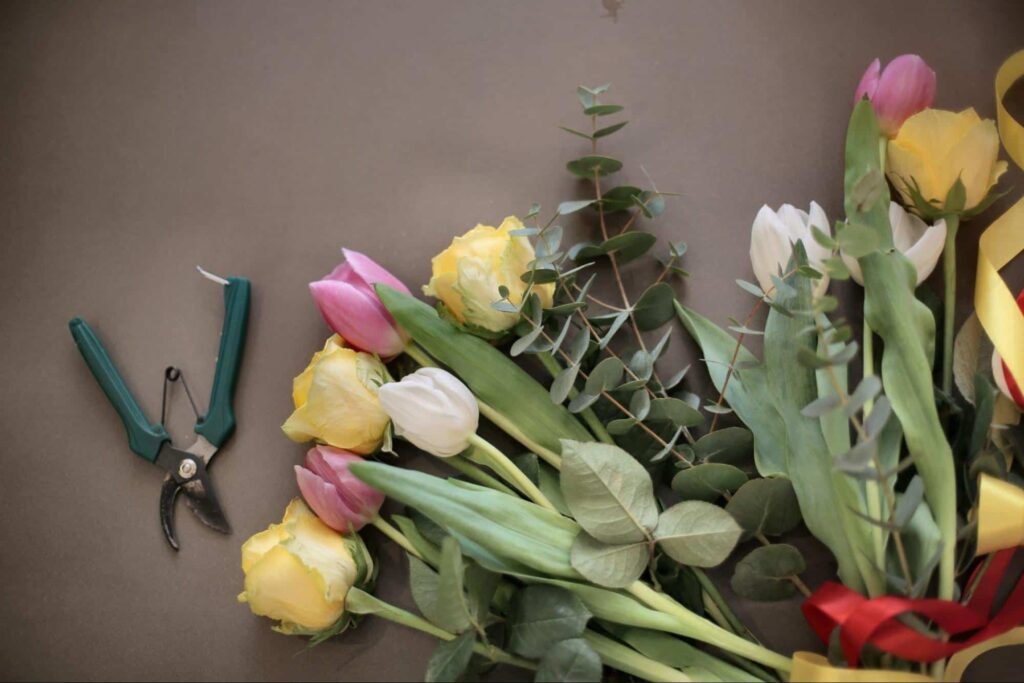

There are several customization options available for Moses-in-the-Cradle bouquets, allowing for a personalized and unique touch. Here are some options to consider:
- Color combinations: Some varieties of Moses-in-the-Cradle can also have pink, white, or yellow flowers. Combining these colors with other flowers in a bouquet can create a stunning contrast and visual interest.
- Size and shape: Moses-in-the-Cradle’s distinctive spiky leaves make it a great option for adding texture and height to a bouquet or centerpiece. It can also be trimmed or trained to create a specific shape or size.
- Vase or container selection: A simple clear glass vase can showcase the plant’s unique foliage, while a decorative ceramic or metallic container can add an extra element of elegance.
- Additions: Other floral or decorative elements can also be added to a Moses-in-the-Cradle bouquet to complement its beauty. For example, sprigs of baby’s breath, ferns, or eucalyptus can add a delicate touch.
Alternatively, incorporating decorative elements like ribbons or beads can add a pop of color and whimsy to the arrangement.
What are some tips for keeping the Moses-in-the-Cradle plant fresh and long-lasting in bouquets?
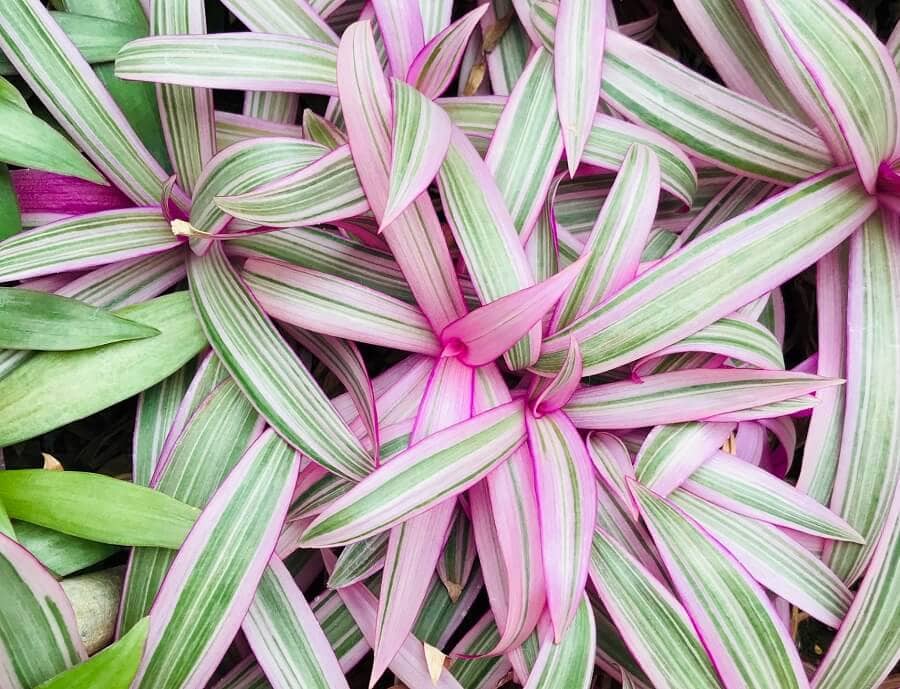

To keep Moses-in-the-Cradle fresh and long-lasting in bouquets, it’s important to keep the stems hydrated by placing them in water immediately after cutting.
Change the water every few days and trim the stems at a 45-degree angle to allow for better water absorption.
Avoid placing the bouquet in direct sunlight or near heat sources, as this can cause the flowers to wither quickly.
Also, removing leaves that are submerged in water can help prevent bacterial growth and extend the life of the bouquet.
How do I revive a wilting Moses-in-the-Cradle plant?
If your Moses-in-the-Cradle bouquet begins to wilt, remove it immediately from the arrangement, cut its stem under running water, and place it in a vase of fresh water.
Keep it away from direct sunlight and sources of heat, and change the water every other day to keep it cool.
This should help liven up the plant and prolong its appearance in the arrangement.



